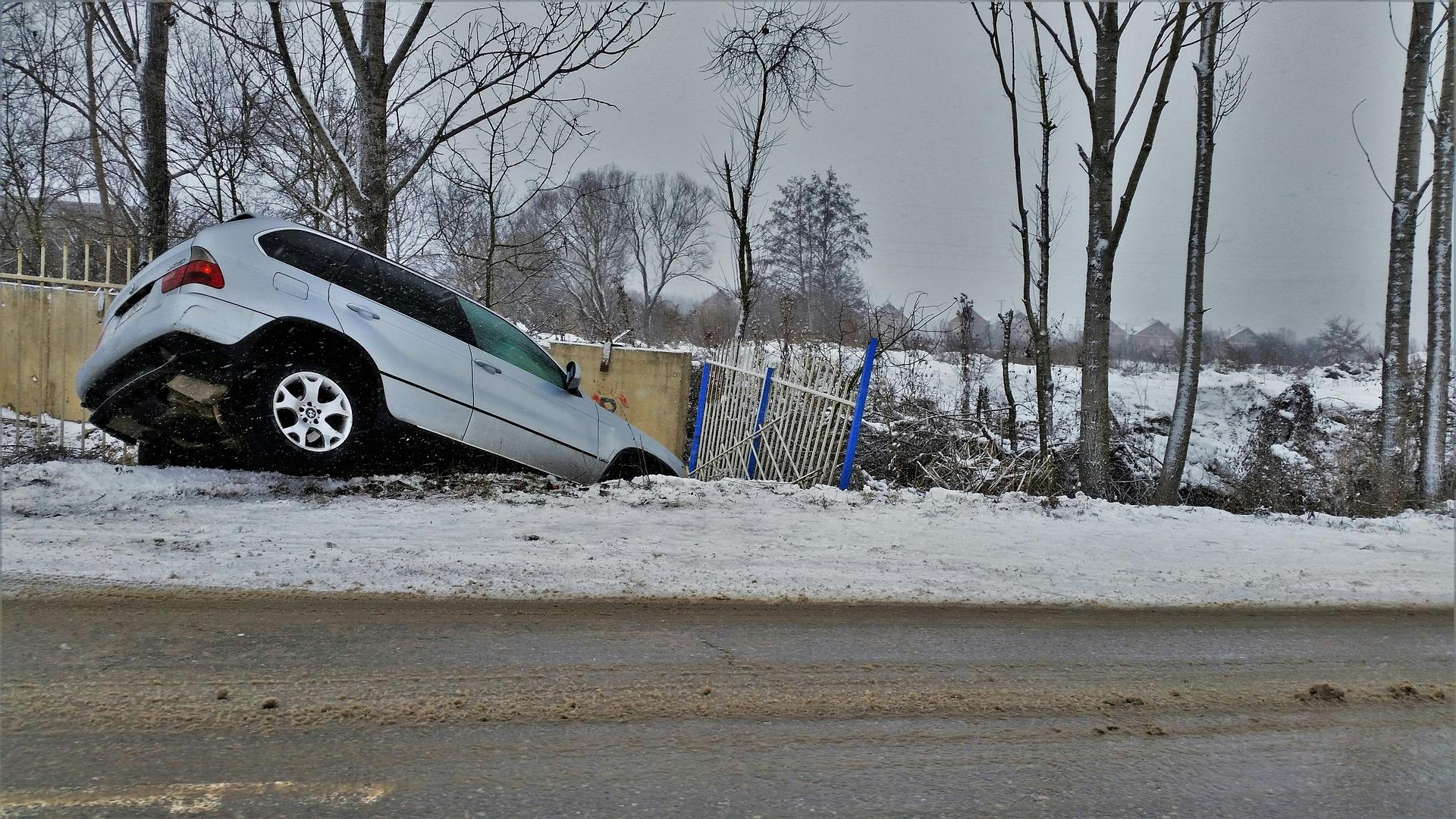If you are in need of auto body repair services in Delaware County, PA
contact our shop located at 5420 Pennell Road in Aston, PA 19063.
It probably comes as no surprise that vehicle damage increases in the winter. The streets turn into skating rinks for cars, snow and darkness decrease visibility, and low temperatures can affect both vehicles and drivers alike. But what might come as a surprise is that most vehicle damage in the winter doesn’t come from catastrophic crashes — those typically happen in the summer months.
Fewer Big Accidents
Despite there being more vehicle damage, there are fewer large accidents in the winter. This is mainly due to the poor road conditions keeping vehicle speeds low. Snow, sleet, and ice all prevent speeding. Additionally, because there are less daylight hours during the winter, night driving is more common. And drivers tend to slow down when driving in the dark, especially when the road conditions are also not optimal.
These slower speeds then mean that any crashes that occur are less likely to be big crashes causing massive damage. But if that’s the case, then where does all the vehicle damage come from in the winter?
More Small Accidents

The majority of vehicle damage in the winter comes from small accidents such as fender benders. And these small accidents add up quickly when you consider how many of them happen each winter. Slippery road conditions and low light conditions mean cars are constantly rear-ending one another or sliding off the road and colliding with stationary objects.
During the spring, summer, and fall, it’s common to see two-car accidents such as T-bones, but not so in the winter. The winter raises the number of single and 3+ car accidents. Single car accidents are generally the result of sliding off roads and into things like telephone poles, walls, and parked cars. In fact, there’s one particular fire hydrant in Media, PA which gets hit by cars every winter because it’s located on the outside of a downhill curve. 3+ car accidents also increase because slippery conditions also make multi-car pileups much more frequent. For example, just look at this video of cars sliding down a snowy hill in Canada.
While these sorts of crashes definitely cause significant damage, they’re relatively minor compared to the high-speed crashes seen during the rest of the year which can easily total a vehicle.
Environmental Damage

There’s one more cause of fairly severe damage during the winter, and that’s the environment itself. While many small accidents result in damage to the front, side, and rear bumpers, environmental damage often affects other parts of vehicles. And in this sense, “environmental” doesn’t necessarily mean nature is what’s causing the damage.
Do you typically park under a lot of trees? Well then watch out from above this winter! Tree branches, or entire trees, often come down under the weight of snow. Most vehicle owners don’t think about body damage to the roof of their cars other than hail in the summer, but tree branches can do a lot of damage to parked cars in the winter too.
A less natural form of environmental vehicle damage comes from the salt used to treat icy roads. This salt can stick to the underside of cars along with snow and ice. Repeated exposure to this salt can accelerate the rate at which rust forms if left untreated. The rust will then weaken vital parts of your car, which can cause it to break down or cause future crashes to deal significantly more damage.
Finally, there’s the road itself to worry about — and this one isn’t necessarily limited to the winter. Snow, ice, and the salt used to melt it cracks and erodes the asphalt used to pave our roads. This leads to the formation of dangerous potholes which can be seen all across Pennsylvania. Hitting these potholes usually isn’t an issue, but in some cases it can lead to flat tires or even fairly severe bodywork damage.
Winter Driving Tips

Now that you know all the different ways your vehicle could be damaged this winter, how are you supposed to prevent it from happening? The number one tip is to drive slowly when in snowy and icy conditions. It’s also important not to stop while on hills in snowy and icy conditions as well, unless you plan on recreating that video of cars sliding down the hill in Canada. And, always keep an eye on your surroundings. This is true any time of year, but especially so when visibility is limited and there may be cars sliding in all directions. Lastly, watch where you park your car. Parking it on the road at the bottom of a hill may not be the best idea, as is parking under large tree branches which could give way.
Conclusion
Although there are fewer catastrophic crashes in the winter months due to ice, snow, sleet, and darkness, there is more vehicle damage due to an increase in minor crashes. And, it’s those same environmental elements which reduce large crashes that also contribute to the rising number of small crashes and other damage dealt to cars during the winter. But with this information at your disposal, you can reduce your risk of needing your vehicle repaired this winter.
Zingani Collision Auto Body Repair
If your vehicle gets damaged this winter, or any other time of the year, you can trust Zingani Collision to have it repaired to pre-accident condition or better in a timely fashion. Contact Zingani Collision today for more information on our prices and the kinds of damage we repair.

